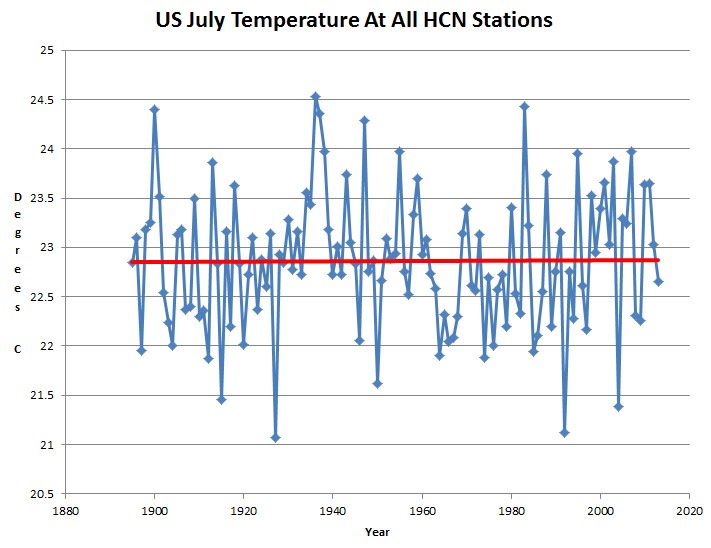July was the 59th coolest on record in the US, and was almost 2C cooler than 1936, 1937, 1901 and 1983.
Disrupting the Borg is expensive and time consuming!
Google Search
-
Recent Posts
- “Why Do You Resist?”
- Climate Attribution Model
- Fact Checking NASA
- Fact Checking Grok
- Fact Checking The New York Times
- New Visitech Features
- Ice-Free Arctic By 2014
- Debt-Free US Treasury Forecast
- Analyzing Big City Crime (Part 2)
- Analyzing Big City Crime
- UK Migration Caused By Global Warming
- Climate Attribution In Greece
- “Brown: ’50 days to save world'”
- The Catastrophic Influence of Bovine Methane Emissions on Extraterrestrial Climate Patterns
- Posting On X
- Seventeen Years Of Fun
- The Importance Of Good Tools
- Temperature Shifts At Blue Hill, MA
- CO2²
- Time Of Observation Bias
- Climate Scamming For Profit
- Climate Scamming For Profit
- Back To The Future
- “records going back to 1961”
- Analyzing Rainfall At Asheville
Recent Comments
- arn on Climate Attribution Model
- arn on “Why Do You Resist?”
- conrad ziefle on Climate Attribution Model
- arn on Climate Attribution Model
- arn on Climate Attribution Model
- Bob G on “Why Do You Resist?”
- conrad ziefle on “Why Do You Resist?”
- conrad ziefle on Climate Attribution Model
- Bob G on “Why Do You Resist?”
- Bob G on Fact Checking NASA



Unprecedented July Cold – Arctic Sees Shortest Summer On Record:
http://iceagenow.info/2013/08/unprecedented-july-cold-arctic-sees-shortest-summer-record/
UAH v5.6 Global Temperature Update for July, 2013: +0.17 deg. C
http://www.drroyspencer.com/2013/08/uah-v5-6-global-temperature-update-for-july-2013-0-17-deg-c/
In reviewing the time series temperature data from Wichita, KS, which is continuous from 1889 CE through the Great Depression to the present, it looks like the 2008 prediction of temperature in 2013 is quite good. I have not had time to update this local “mini-model” but one key variable in the model is a solar activity proxy, ie sunspots. Extending this observation to published GCM models, I suspect that failure to include a solar activity proxy may have seriously impaired the predictive accuracy of those models.
http:/www.well.com/~pdeep/pages/warm07/stat02/stat02.shtml
In reviewing the time series temperature data from Wichita, KS, which is continuous from 1889 CE through the Great Depression to the present, it looks like the 2008 prediction of temperature in 2013 is quite good. I have not had time to update this local “mini-model” but one key variable in the model is a solar activity proxy, ie sunspots. Extending this observation to published GCM models, I suspect that failure to include a solar activity proxy may have seriously impaired the predictive accuracy of those models.
http://www.well.com/~pdeep/pages/warm07/stat02/stat02.shtml
[corrected URL link]
Of course, NOAA’s “Climate at a glance” plots out a whopping +0.12degree/F trend per decade.